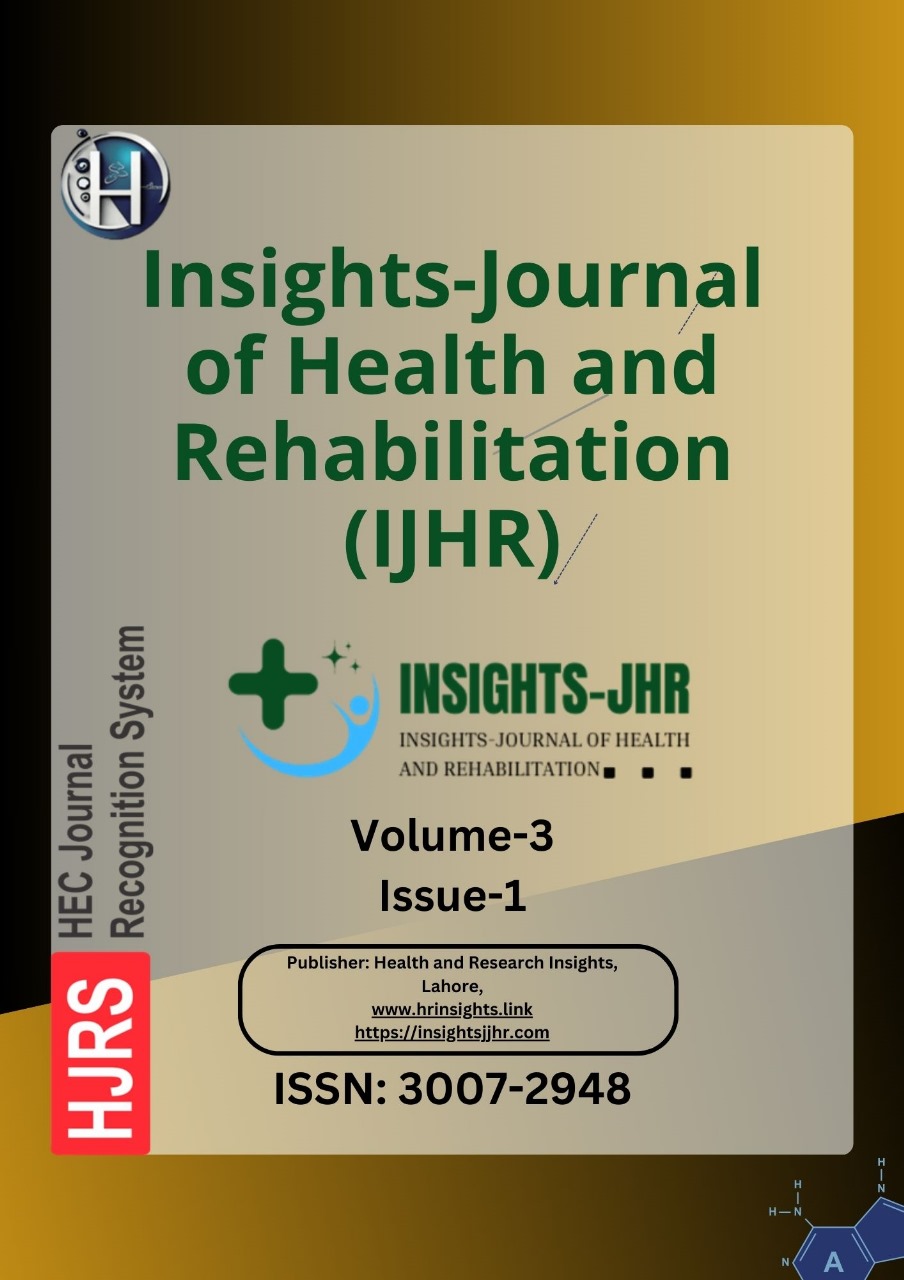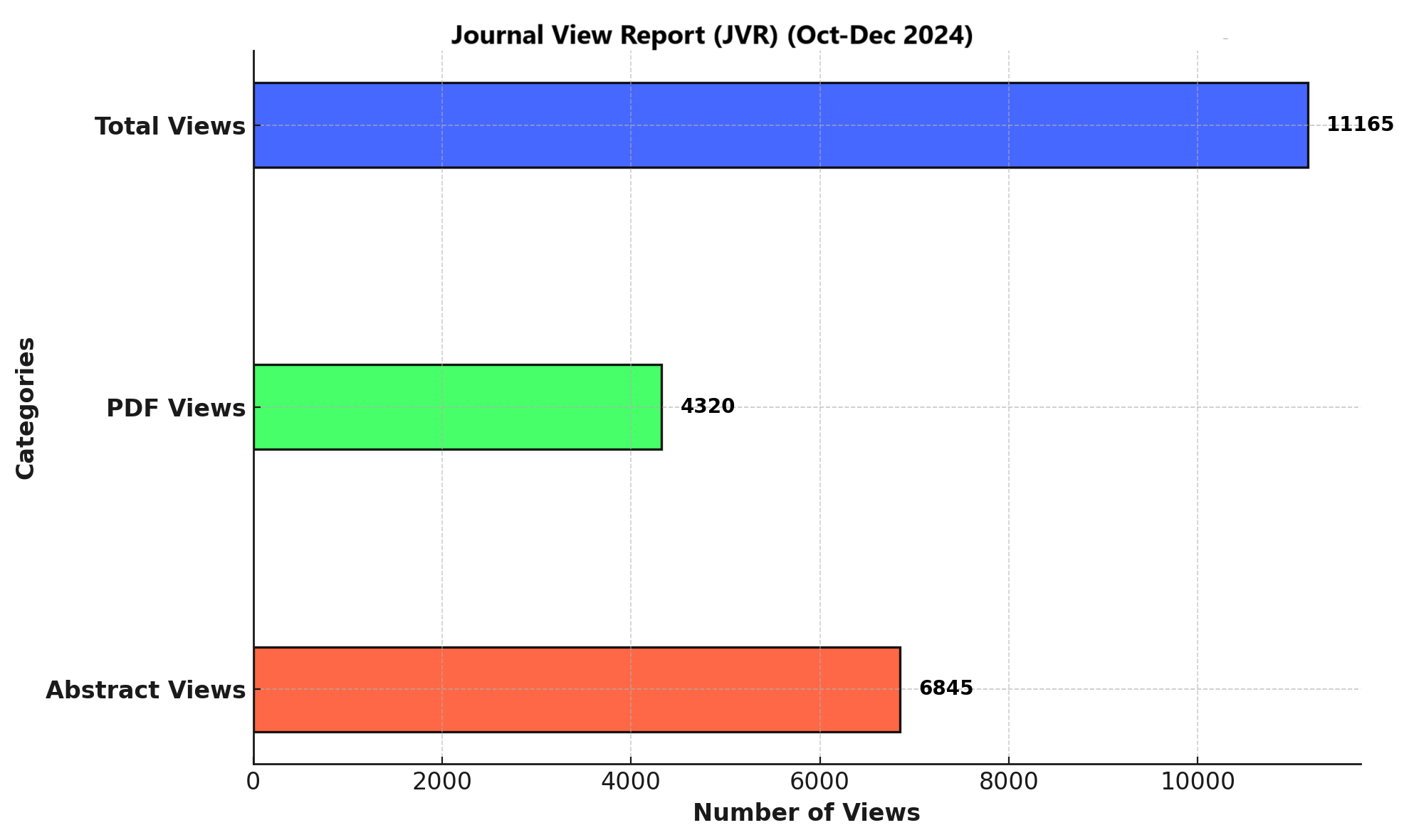ANGIOGRAPHIC PROFILE IN YOUNG PATIENTS PRESENTING WITH STEMI
DOI:
https://doi.org/10.71000/kqhccm82Keywords:
Acute coronary syndrome, angiography, cardiovascular risk factors, coronary artery disease, myocardial infarction, STEMI, young adultsAbstract
Background: ST-elevation myocardial infarction (STEMI) is a severe form of acute coronary syndrome that is traditionally more prevalent among older populations. However, a growing number of cases are being observed in younger individuals, presenting unique challenges in diagnosis and management. Understanding the angiographic and demographic characteristics of this younger population is crucial for developing targeted interventions and improving outcomes.
Objective: To evaluate the angiographic characteristics, associated variables, and demographic features of young patients (aged ≤45 years) diagnosed with STEMI.
Methods: This prospective study included 78 patients, aged 45 years or younger, who presented with a confirmed diagnosis of STEMI on electrocardiography and coronary angiography. The study was conducted at the Department of Cardiology, Shifa International Hospital, Islamabad, from 19th September 2024 to 18th December 2024. Data were collected on patient demographics, cardiovascular risk factors, and angiographic findings. Angiographic evaluation included coronary artery involvement, lesion location, severity, and complexity. Subgroup analyses were performed based on age, gender, and cardiovascular risk factors. Statistical analysis was performed using SPSS version 23, with significance set at p < 0.05.
Results: The mean age of participants was 40.2 years, with 41.02% aged ≤35 and 58.98% aged 36–45. Males comprised 71.79%, while females accounted for 28.21%. Cardiovascular risk factors were present in 57.69% of patients, with smoking being the most prevalent (67.94%), followed by hypertension (32.05%) and diabetes (20.51%). The most commonly affected coronary artery was the RCA (43.75% in ≤35 and 47.83% in 36–45), followed by the LAD (31.25% and 34.78%, respectively) and LCx (25% and 39.13%, respectively). No significant gender differences were observed in angiographic characteristics.
Conclusion: This study highlights the angiographic and demographic profile of young STEMI patients, emphasizing the predominance of male patients with significant cardiovascular risk factors, particularly smoking. Further research with larger cohorts is needed to confirm these findings and explore potential gender differences.
Downloads
Published
Issue
Section
License
Copyright (c) 2025 Somera Naz, Syed Muzaffar Shah, Sofia Mehmood, Noman Munir Khan, Waqas Ahmad (Author)

This work is licensed under a Creative Commons Attribution-NonCommercial-NoDerivatives 4.0 International License.







